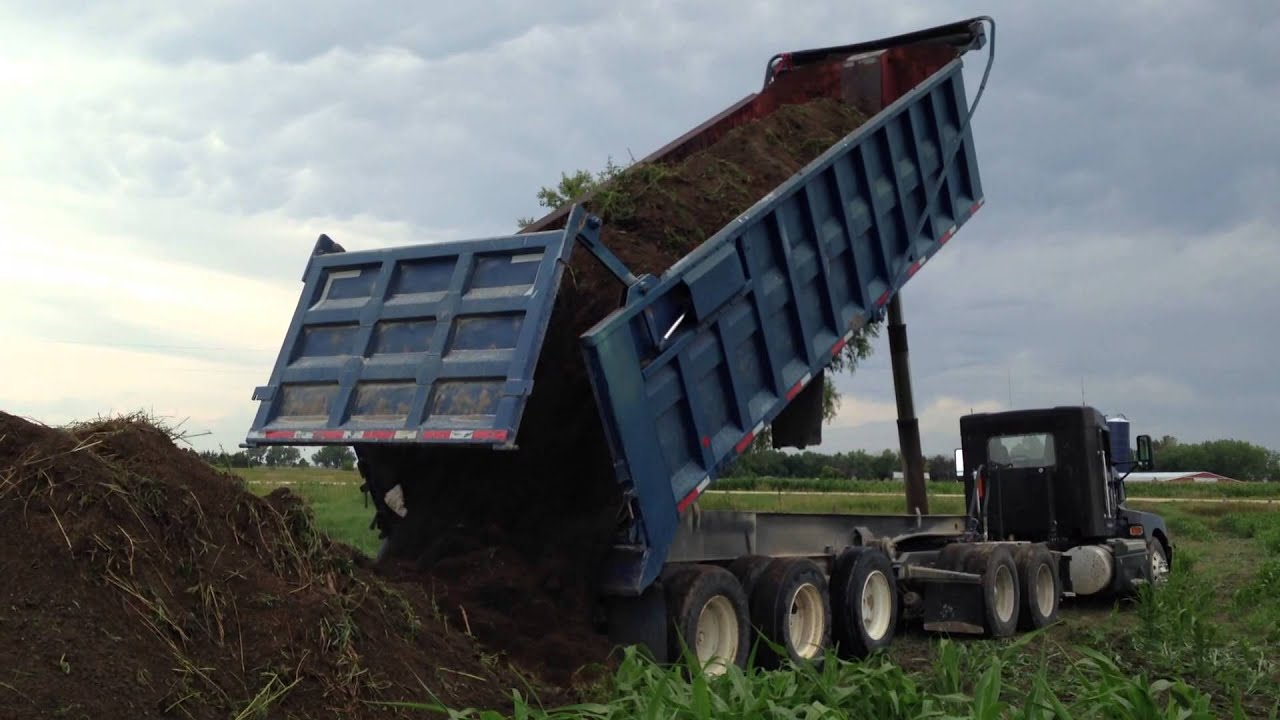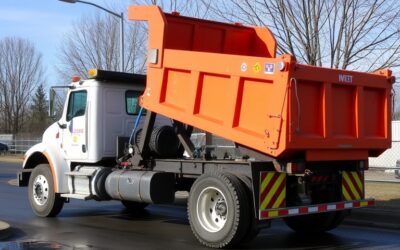Installing the Wink Anti-Tip device on your dump truck can transform your vehicle’s safety and stability. This cutting-edge system ensures your dump truck automatically adjusts to prevent tipping, making it a must-have for anyone dealing with heavy loads. Whether your truck is frameless, roll-off, or frame-type, knowing how to install and use this device is crucial.
I was immediately sold on the Wink Anti-Tip device’s benefits and knew it was a game-changer for dump truck drivers. The installation might seem tricky, but with the right tools and a clear step-by-step guide, it’s a breeze. This guide will walk you through the tools and materials you need, the installation steps, common mistakes to avoid, and how to test and verify your device.
Follow this beginner’s guide to boost your dump truck’s safety, minimize accident risks, and keep your vehicle stable, even in the toughest conditions.
Tools and Materials Needed for Installation
Before you start installing the Wink Anti-Tip device, gather all the essential tools and materials. You’ll need a set of screwdrivers, wrenches, pliers, and a cordless drill with various bit sizes. A tape measure and level are crucial for proper alignment.
For materials, the Wink Anti-Tip kit includes mounting brackets, screws, and bolts. Zip ties are handy for securing wires and preventing them from becoming loose during operation. Lastly, having a detailed instruction manual or access to installation guidelines ensures a smooth process.
Step-by-Step Installation Process for WINK Anti-Tip
Installing the Wink Anti-Tip device on your dump truck is straightforward if done methodically. Follow these steps for a successful installation:
- Identify the Mounting Location: Choose the best spot for mounting the main unit. It should be easily accessible but not interfere with the truck’s components. Typically, the main unit is mounted near the truck’s control center.
- Attach the Main Unit: Secure the main unit with the provided brackets and screws. Use a level to ensure proper alignment. Tighten the screws firmly to prevent movement during operations.
- Install the Sensors: Place the sensors at strategic points on the truck, such as the front and rear, to monitor angle and load distribution. Secure them with screws or heavy-duty adhesive.
- Connect the Wiring: Run the wires from the sensors to the main unit, securing them with zip ties. Ensure all connections are firm and no wires are loose. Proper insulation prevents electrical issues.
- Mount the Control Panel: Install the control panel inside the truck’s cabin within easy reach of the driver. Secure it with brackets to ensure stability and accessibility for quick adjustments.
- Power On and Test: Once installed, power on the device and run tests. Check that the sensors read angles and load distributions correctly and the main unit responds appropriately. Adjust sensor placement or connections as needed for optimal performance.
Following these steps ensures the Wink Anti-Tip device enhances your dump truck’s safety and operational efficiency. Regular checks during the first few weeks help identify and resolve any initial setup issues.
Common Installation Mistakes and How to Avoid Them
When installing the Wink Anti-Tip device, avoid these common mistakes:
- Improper Sensor Placement: Sensors must be positioned accurately to monitor truck stability. Incorrect placement can give inaccurate readings, compromising system effectiveness. Follow the manufacturer’s guidelines for sensor placement.
- Poor Wiring Connections: Loose or poorly insulated wires can lead to faulty readings or system failures. Ensure all wiring is securely connected and insulated. Use zip ties to keep wires organized and prevent damage.
- Skipping Calibration: Calibration is essential to sync the device with your truck settings. Failing to calibrate can result in false alerts or a non-responsive system. Follow the calibration instructions in the manual for optimal performance.
By avoiding these mistakes, you ensure the Wink Anti-Tip device operates at its best, enhancing your dump truck’s safety.
Testing and Verifying Your Installed Wink Anti-Tip Device
Once installed, it’s crucial to test and verify the Wink Anti-Tip device to ensure it works as expected:
- Power On: Ensure all components, including sensors and the control panel, receive power. Check that the device initializes correctly without error messages.
- Perform Tests: Simulate operational scenarios like uneven loading or driving on inclines. Observe how the Wink Anti-Tip device responds. Sensors should detect tipping risks and activate alerts and adjustments. Verify that the control panel reflects these changes and alerts the driver.
- Regular Maintenance: Conduct regular maintenance checks even after successful installation and initial testing. Periodically inspect wiring, sensor placement, and overall performance. Immediate troubleshooting ensures long-term reliability.
Following these steps ensures the Wink Anti-Tip device operates effectively, enhancing your dump truck’s safety.
Conclusion
The Wink Anti-Tip device is essential for enhancing dump truck safety by actively preventing tip-over accidents. Understanding the common causes of these accidents and how the device works helps drivers appreciate its importance. Implementing best practices ensures the device operates at its full potential, providing a safer environment for dump truck drivers and those around them.
Equipping your dump truck with the Wink Anti-Tip device is a proactive approach to safety. The benefits extend beyond just the driver, impacting overall operations and community safety. Make the investment in safety today.
To learn more about how our Anti-Tip device can enhance your dump truck’s safety, contact us at Wink Anti-Tip today and take the first step towards a safer driving experience!





